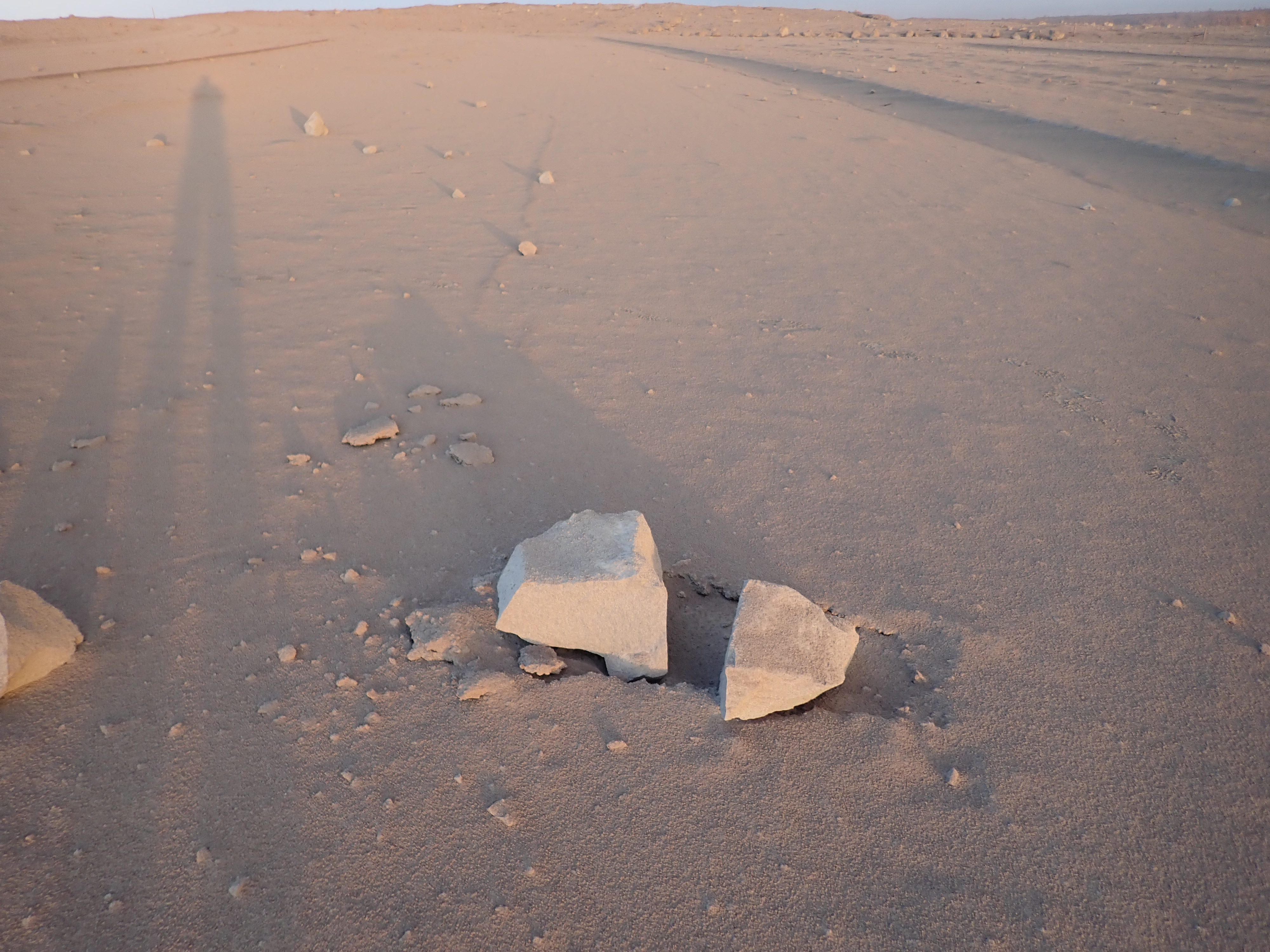 |
| Webcam image shows the plume of ash from Thursday morning's explosive eruption at Kilauea (Image: USGS) |
Hawaii Volcano Observatory officials confirmed that there was an explosive eruption at around 4:15 a.m., at the summit of Kilauea which created a massive volcanic cloud reaching 30,000 feet. That's a little below the cruising altitude of a jetliner.
 |
| Huge plumes of ash poured from Halemaumau Crater as volcanic activity at the summit continued. (Image: Janice Wei) |
"At any time, the activity may again become more explosive, increasing the intensity of ash production and producing ballistic projectiles near the vent," the USGS said. "Ballistic projectiles may be produced should steam-driven explosions occur. Impacts will be limited to an area around Halemaumau."
 |
| image from a temporary thermal camera positioned on the northwest flank of Puʻu ʻŌʻō showing the heat map |
Earlier, the ash plume rose to 12,000 feet on Tuesday, covering the surrounding areas in a thick blanket of smoke and ash.
The National Weather Service has issued an ashfall advisory after radar showed the massive plume. The wind is expected to carry the ash plume toward Ka'u, Volcano, Mountain View, Keaau and as far as Hilo.
The explosion followed a series of 125 shallow quakes that rattled Kilauea's summit and neighboring communities since 1 day.
Michelle Coombs, of the U.S. Geological Survey, said the situation remains "very, very active and very dynamic. Scientists were not surprised by the volcano explosion that sent a cloud of volcanic ash up to 30,000 feet above sea level Thursday. She said even more powerful events could follow.
Michelle Coobs with U.S. Geological Survey says scientists were not surprised by the volcano explosion that sent a cloud of volcanic ash up to 30,000 feet above sea level Thursday. She said even more powerful events could follow.
Michelle Coobs with U.S. Geological Survey says scientists were not surprised by the volcano explosion that sent a cloud of volcanic ash up to 30,000 feet above sea level Thursday. She said even more powerful events could follow.
The quakes are being caused by the ongoing deflation at the summit and as lava levels continue to plummet. As of Wednesday afternoon, the floor of the Kilauea caldera has dropped about 3 feet.
 |
| Close view of rock hurled from the Overlook crater during an explosive event last evening. The rock broke apart on impact and was about 60 cm (24 in) before it hit the ground. |
Also on Wednesday, Hawaiian Volcano Observatory said rocks up to 2 feet wide were hurled from the crater to a parking lot hundreds of yards away. The hurling of these ballistic rocks could reflect the onset of a steam-driven explosion that the officials are expecting since long. This will happen as the lava level continue falling and touch the water table beneath the Kilauea caldera, creating a massive explosion.
Researchers don't know when the explosive activity will occur, how large the explosions could be or how long they'd last.
Don Swanson, of the Hawaiian Volcano Observatory said, "If an explosion happens, there's a risk at all scales. If you're near the crater within a half a mile or so, then you would be subject to a bombardment by ballistic blocks weighing as much as 10 or 12 tons."
No comments:
Post a Comment